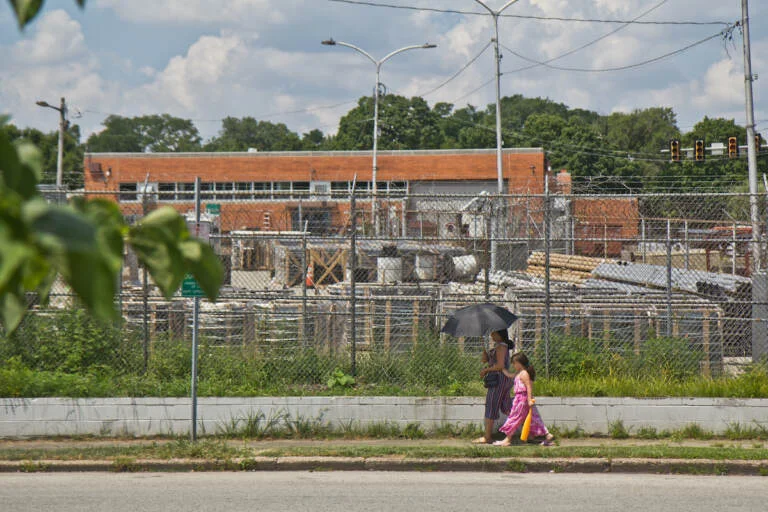Philadelphia and its surrounding areas are experiencing one of the driest Januarys in recent memory, leaving officials and residents increasingly worried about the region’s water reserves. With rainfall far below average, drought conditions have tightened their grip, affecting everything from agriculture to daily water usage.
Normally, January provides a steady flow of precipitation to replenish reservoirs and maintain healthy stream levels. This year, however, the region has seen little to no meaningful rain or snowfall, leaving soil moisture depleted and water sources running low. Local rivers, including the Schuylkill and Delaware, have already shown reduced flow rates, sparking concerns for both ecosystems and water-dependent industries.
The situation has prompted warnings from officials urging residents to conserve water. Simple measures such as fixing leaks, using water-efficient appliances, and reducing outdoor water usage can make a significant difference. Agricultural communities outside the city are particularly feeling the strain, with farmers preparing for what could be a challenging growing season if the dry spell continues.
Looking ahead, meteorologists are cautiously optimistic about potential rainfall in February, though no significant systems are currently on the horizon. For now, the Philadelphia region remains in a state of watchful waiting, with the hope that relief arrives before the drought worsens.
CONCLUSION:
The dry start to 2025 serves as a stark reminder of the importance of sustainable water management. While Philadelphia waits for rain, residents and officials alike must work together to protect the region’s precious water resources.

